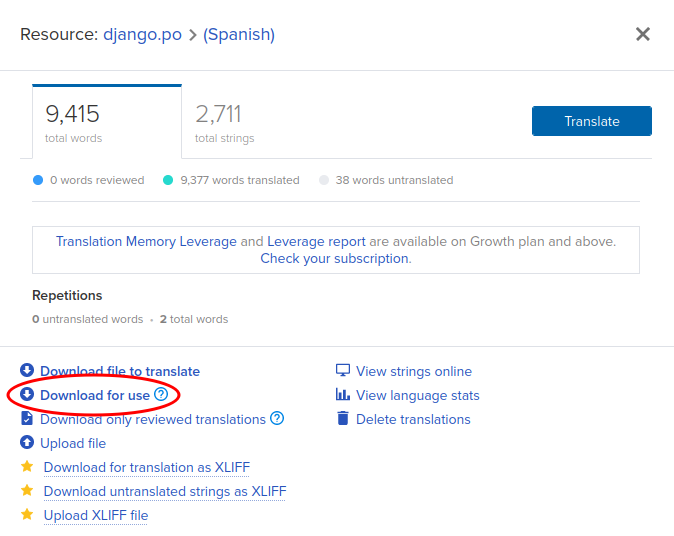Release Checklist
This documentation describes the process of packaging and publishing a new NetBox release. There are three types of release:
- Major release (e.g. v2.11 to v3.0)
- Minor release (e.g. v3.2 to v3.3)
- Patch release (e.g. v3.3.0 to v3.3.1)
While major releases generally introduce some very substantial change to the application, they are typically treated the same as minor version increments for the purpose of release packaging.
Minor Version Releases
Address Constrained Dependencies
Sometimes it becomes necessary to constrain dependencies to a particular version, e.g. to work around a bug in a newer release or to avoid a breaking change that we have yet to accommodate. (Another common example is to limit the upstream Django release.) For example:
# https://github.com/encode/django-rest-framework/issues/6053
djangorestframework==3.8.1
These version constraints are added to base_requirements.txt to ensure that newer packages are not installed when updating the pinned dependencies in requirements.txt (see the Update Requirements section below). Before each new minor version of NetBox is released, all such constraints on dependent packages should be addressed if feasible. This guards against the collection of stale constraints over time.
Close the Release Milestone
Close the release milestone on GitHub after ensuring there are no remaining open issues associated with it.
Update the Release Notes
Check that a link to the release notes for the new version is present in the navigation menu (defined in mkdocs.yml), and that a summary of all major new features has been added to docs/index.md.
Manually Perform a New Install
Start the documentation server and navigate to the current version of the installation docs:
mkdocs serve
Follow these instructions to perform a new installation of NetBox in a temporary environment. This process must not be automated: The goal of this step is to catch any errors or omissions in the documentation, and ensure that it is kept up-to-date for each release. Make any necessary changes to the documentation before proceeding with the release.
Merge the Release Branch
Submit a pull request to merge the feature branch into the develop branch in preparation for its release. Once it has been merged, continue with the section for patch releases below.
Rebuild Demo Data (After Release)
After the release of a new minor version, generate a new demo data snapshot compatible with the new release. See the netbox-demo-data repository for instructions.
Patch Releases
Notify netbox-docker Project of Any Relevant Changes
Notify the netbox-docker maintainers (in #netbox-docker) of any changes that may be relevant to their build process, including:
- Significant changes to
upgrade.sh - Increases in minimum versions for service dependencies (PostgreSQL, Redis, etc.)
- Any changes to the reference installation
Update Requirements
Before each release, update each of NetBox's Python dependencies to its most recent stable version. These are defined in requirements.txt, which is updated from base_requirements.txt using pip. To do this:
- Upgrade the installed version of all required packages in your environment (
pip install -U -r base_requirements.txt). - Run all tests and check that the UI and API function as expected.
- Review each requirement's release notes for any breaking or otherwise noteworthy changes.
- Update the package versions in
requirements.txtas appropriate.
In cases where upgrading a dependency to its most recent release is breaking, it should be constrained to its current minor version in base_requirements.txt with an explanatory comment and revisited for the next major NetBox release (see the Address Constrained Dependencies section above).
Rebuild the Device Type Definition Schema
Run the following command to update the device type definition validation schema:
./manage.py buildschema --write
This will automatically update the schema file at contrib/generated_schema.json.
Update & Compile Translations
Log into Transifex to download the updated string maps. Download the resource (portable object, or .po) file for each language and save them to netbox/translations/$lang/LC_MESSAGES/django.po, overwriting the current files. (Be sure to click the Download for use link.)

Once the resource files for all languages have been updated, compile the machine object (.mo) files using the compilemessages management command:
./manage.py compilemessages
Update Version and Changelog
- Update the
VERSIONconstant insettings.pyto the new release version. - Update the example version numbers in the feature request and bug report templates under
.github/ISSUE_TEMPLATES/. - Replace the "FUTURE" placeholder in the release notes with the current date.
Commit these changes to the develop branch and push upstream.
Verify CI Build Status
Ensure that continuous integration testing on the develop branch is completing successfully. If it fails, take action to correct the failure before proceeding with the release.
Submit a Pull Request
Submit a pull request titled "Release vX.Y.Z" to merge the develop branch into master. Copy the documented release notes into the pull request's body.
Once CI has completed on the PR, merge it. This effects a new release in the master branch.
Create a New Release
Create a new release on GitHub with the following parameters.
- Tag: Current version (e.g.
v3.3.1) - Target:
master - Title: Version and date (e.g.
v3.3.1 - 2022-08-25) - Description: Copy from the pull request body
Once created, the release will become available for users to install.
Update the Development Version
On the develop branch, update VERSION in settings.py to point to the next release. For example, if you just released v3.3.1, set:
VERSION = 'v3.3.2-dev'
Commit this change with the comment "PRVB" (for post-release version bump) and push the commit upstream.